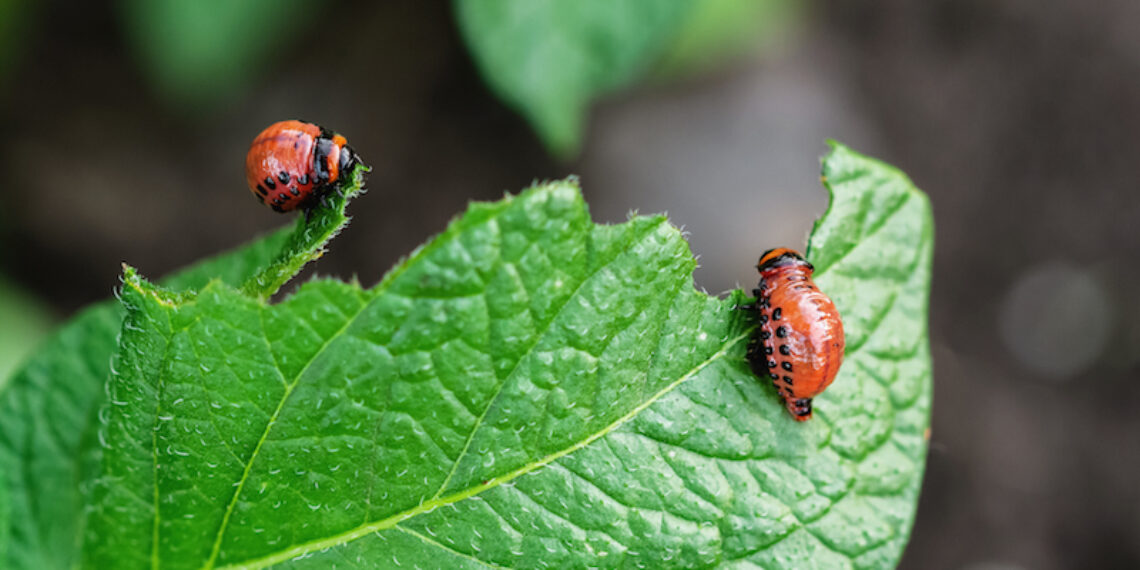Control Garden Pests Naturally
There are many ways to control pesky garden insects. Here are a few ways that are good for you and good for the environment.
Step 1: Spray insecticidal soap on vegetation to control aphids, chiggers, flea beetles, mites, white flies and more. Purchase pre-made or mix up your own by shaving 1/4 bar of Fels-Naptha soap into one quart of hot water. Dissolved the soap completely and mix one teaspoon of the soap mixture with one quart of water. Spray liberally on vegetation as needed.
Step 2: Use row cover to hide vegetation from pests. Lightweight insect barrier cloth can be draped directly over the crops or supported with hoops or stakes. Pull the row cover back when flowers appear and replace it once pollination has occurred. Use row cover to control destructive caterpillars and worms, beetles, squash bugs, and more.
Step 3: Bacillus thuringiens (Bt for short) is a naturally occurring bacterium that works well to eliminate pesky worms and caterpillars including bagworms, cut worms, and webworms. Follow the manufacturer’s instructions and mix Bt with water. Spray foliage at the first sign of infestation. Re-apply every five to seven days until the pest have been eliminated.
Step 4: Spinosad is a relatively new type of bacterium that can control destructive caterpillars and worms as well as aphids, fruit flies, leaf miners, spider mites and thrips. Spinosad loses its toxicity within 8 – 24 hours, so it needs to be reapplied every two days until pest activity has ceased.
Step 5: Neem oil, when diluted properly, works to control diseases such as black spot, powdery mildew, and rust on ornamental plants. It also controls a plethora of insects in gardens and landscapes. Spray Neem oil mixed with water to control all types of beetles, emerald ash borers, harlequin bugs, stink bugs and more.
Step 6: Diatomaceous earth is actually ground up sea shells. Used as a soil amendment or sprinkled in and around homes and gardens, diatomaceous earth effectively controls hard shelled insects including ants, beetles, and fleas, along with cutworms, root maggots, snails, and slugs. Diatomaceous earth only works when it is dry, so apply when there is no rain in the forecast.
Step 8: If all else fails, hand pick bugs off plants to reduce the bug population or allow chickens to roam the rows of the garden, eating beetles and bugs along the way.
